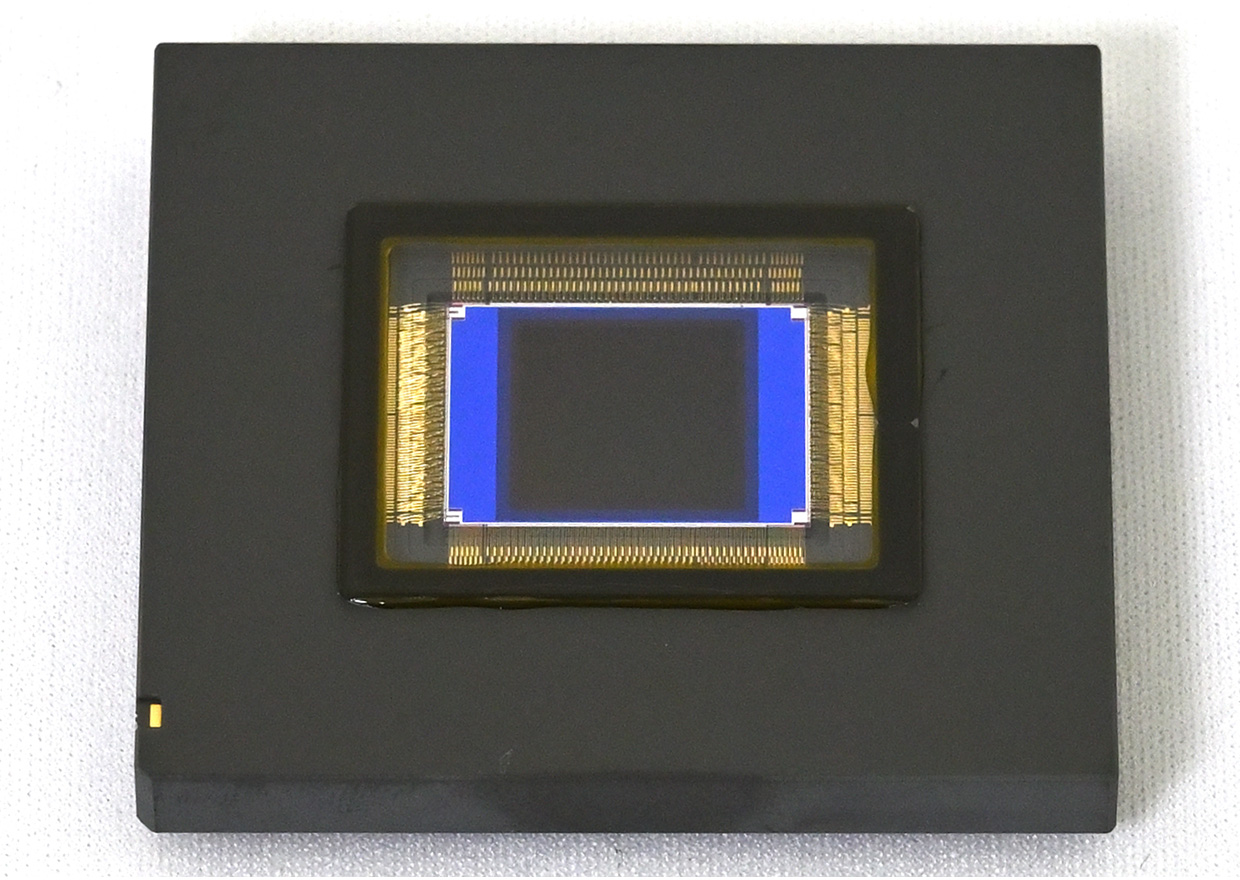Sony has released an altered version of the RX100 V camera for the Australian market which keeps all of the good features of the RX100 V camera but also changes it’s internals and software to allow for increased buffer space for images and video in HFR mode and allows the AF module to include the Fast Hybrid AF system with 315 focal-plane phase-detection points to match that of the RX100 VI which was announced just last month.
The memory increase itself allows for 24fps continuous shooting with a buffer up to 148 JPEG frames. That also allows improved High Frame Rate recording times, and fast continuous AF with stills and while recording UHD 4K video. Recording of 7 seconds of recording in Shoot Time Priority at the 240 fps setting which matches the one in the regular RX100 V and RX100 VI in America.
RX100 VA Feature Highlights:
- RENEWED BIONZ X for improved image quality, Eye AF, Buffer
- NEW advanced Auto Focus settings
- NEW menu, UI and extra feature settings
- 0.1MP 1″ Exmor RS BSI CMOS Sensor
- BIONZ X Image Processor & Front-End LSI
- Internal UHD 4K Video & S-Log2 Gamma
- Zeiss Vario-Sonnar T* f/1.8-2.8 Lens
- 24-70mm (35mm Equivalent)
- Fast Hybrid AF System with 315 Points
- HFR Mode for Full HD Video up to 960 fps
- 0.39″ 2.36m-Dot OLED Pop-Up EVF
- 3.0″ 1.23m-Dot 180° Tilting LCD
- ISO 12800 and 24 fps Continuous Shooting
- $1,398.00 Australian Dollars
RX100va Press Release Related text to HFR:
High Frame Rate and Slow Motion ShootingSpeed is a huge advantage of the RX100 VA, and in video, users will benefit from advanced High Frame Rate shooting and super slow motion. In Full HD, shooters will have access to a standard 120 fps setting that will enable outstanding slow motion when placed in an editing software. In addition to this, the camera also offers a dedicated HFR mode which will boost the cameras frame rate to up to 960 fps. Videographers will have the option of recording in Quality Priority and Shoot Time Priority modes for approximately twice as long with the RX100 VA compared to its predecessor. This results in about 7 seconds of recording in Shoot Time Priority at the 240 fps setting. The camera will output a Full HD file from slightly lower resolutions in order to produce high-quality images at all frame rates. Additionally, an end trigger mode enables users to record 4 or 6 seconds before the record button is pressed.
The specs above look misleading as the camera is essentially an RX100 V with the added ability to Auto Focus at the same level of the RX100 VI and the RX10 IV cameras released elsewhere in the world. The important part here is the BIONZ X sensor is changed from the RX100 V which allows for improvements in speed, processing, and Auto Focus tracking. It is essentially an RX100 VI camera but without the slow and cumbersome long lens. This one retains the excellent 24-70mm f/1.8-2.8 equivalent of the previous line while adding the new features in software and Auto Focus of the & newer line.
That Sony has decided to release this in Australia only makes us puzzled; as to why cut off the market for an already developed product to the rest of the world that retains the fast lens which many users would gladly exchange from the slower longer version in the RX100 VI. Seems Sony thought this camera would confuse consumers too much and was able to still use the remaining lens and body parts from the RX100 V line to fully utilize the inventory.
If you are lucky enough to get one of these cameras, you might be better served than getting the longer reach RX100 VI in the rest of the globe. Australians rejoice and if given a choice, we much rather prefer the RX100va than the RX100 VI released in June. -HSC
Sony RX100 VI — In-Depth Review and Comparison to RX100 V [4K] by iPhonedo:
In the review video above by iPhonedo you can see why the fast lens of the RX100V is preferable in many instances to the slower but much longer zoom in the RX100 VI.
Sony RX100va Full Press Text Below:
Taking an amazing pocket-sized series and further improving it, the Cyber-shot DSC-RX100 VA Digital Camera from Sony takes the compact RX100 line up a notch by adding a Fast Hybrid AF system with 315 focal-plane phase-detection points. Incorporating a proven and reliable 20.1MP 1″ Exmor RS BSI CMOS sensor, the RX100 VA is able to create highly detailed images at sensitivities up to ISO 12800 with ease. Also, combining this sensor’s speed and power with the BIONZ X processor and a newly developed front-end LSI, users can enjoy even faster performance, including continuous shooting of up to 24 fps with a buffer up to 148 JPEG frames, improved High Frame Rate recording times, and fast continuous AF with stills and while recording UHD 4K video. → Continue Reading Full Post ←






